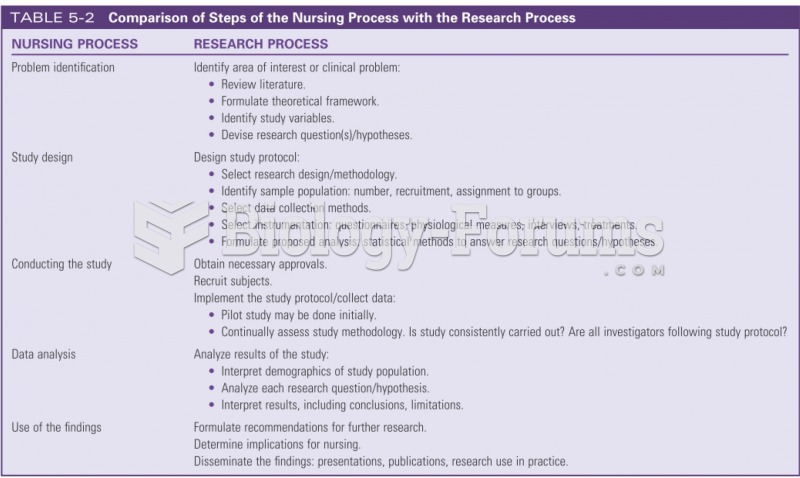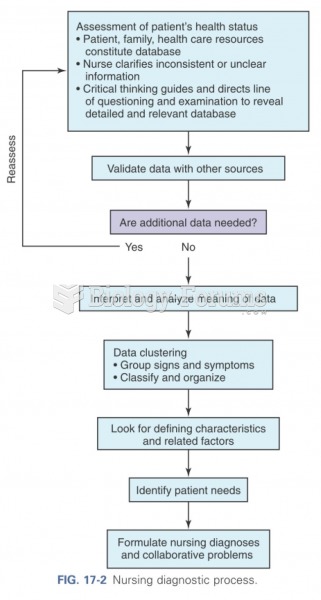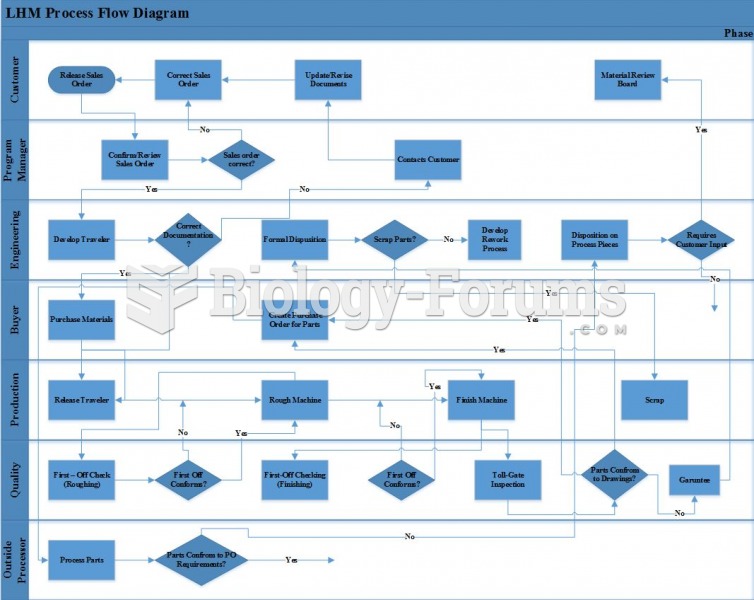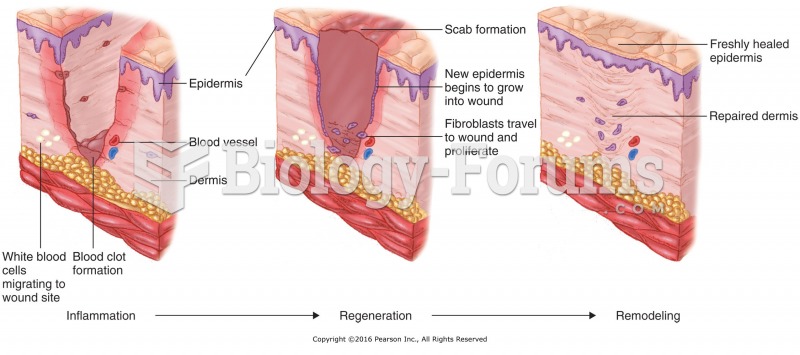Answer to Question 1
The process begins with a manufacturer distributing coupons to consumers. Consumers collect coupons, take them to the store, and present them to a checkout clerk, who subtracts each coupon's face value from the shopper's total purchase cost. Retailers, in turn, redeem the coupons they have received to obtain reimbursement from the manufacturers that sponsored the coupons. Retailers typically hire a clearinghouse to sort and redeem the coupons in return for a fee. Clearinghouses forward the coupons to redemption centers, which serve as agents of coupon-issuing manufacturers. A redemption center pays off on all properly redeemed coupons and then is compensated for its services by the manufacturer. The retailer is reimbursed for the amount of the face value paid to the consumer and for payment of a handling charge, which currently is 8 cents per coupon. Herein rests the potential for misredemption.
Misredemption occurs at every level of the redemption process. Sometimes consumers present coupons that have expired, coupons for items not purchased, or coupons for a smaller-sized product than that specified by the coupon. Some clerks take coupons to the store and exchange them for cash without making a purchase. At the store management level, retailers may boost profits by submitting extra coupons in addition to those redeemed legitimately. Shady clearinghouses engage in misredemption by combining illegally purchased coupons with real ones and certifying the batch as legitimate. The major source of coupon misredemption is large-scale professional misredeemers. These professional misredeemers either (1) recruit the services of actual retailers to serve as conduits through which coupons are misredeemed or (2) operate phony businesses that exist solely for the purpose of redeeming huge quantities of illegal coupons, which typically are obtained by removing FSIs from Sunday newspapers.
Answer to Question 2
True







